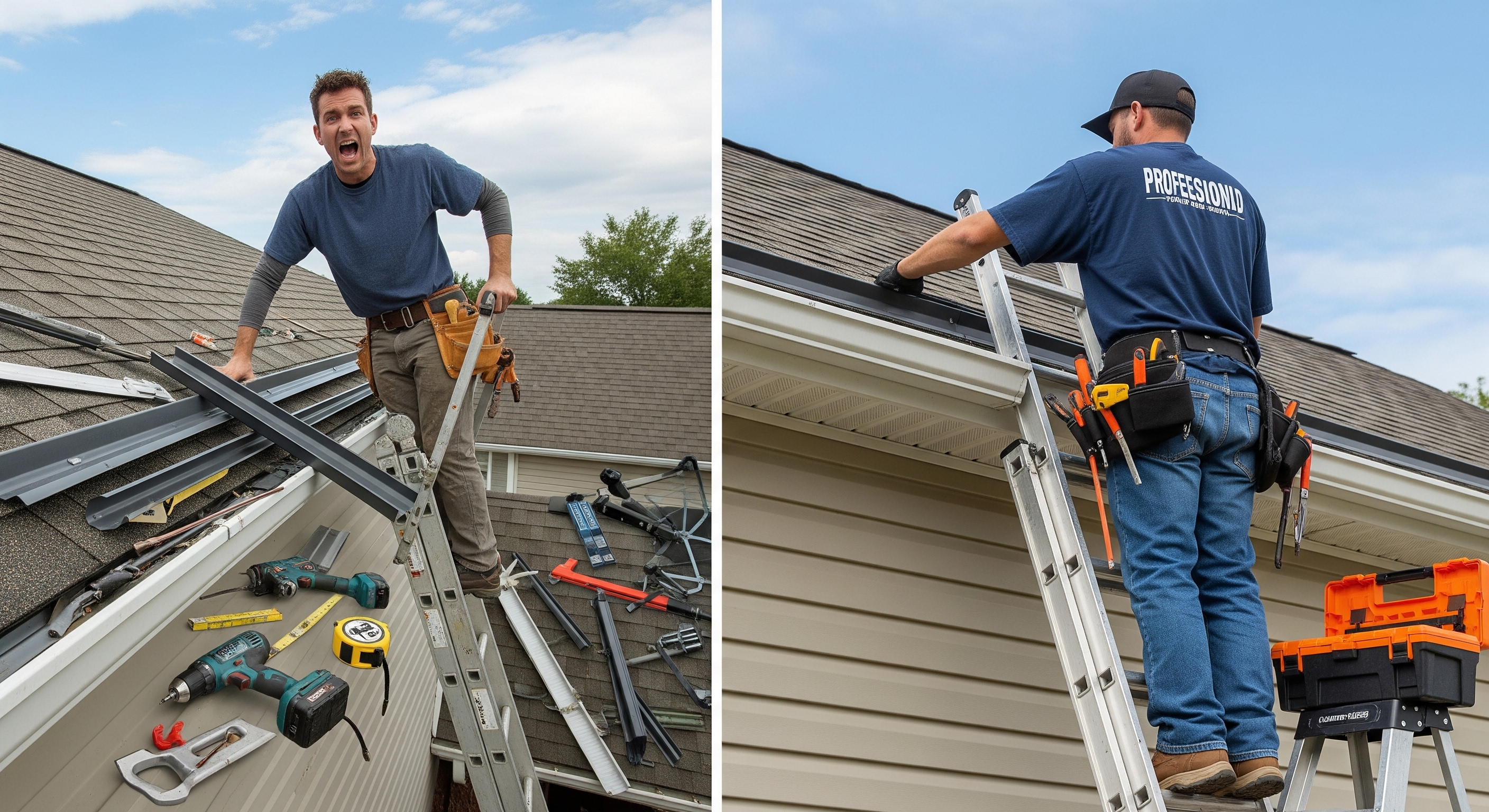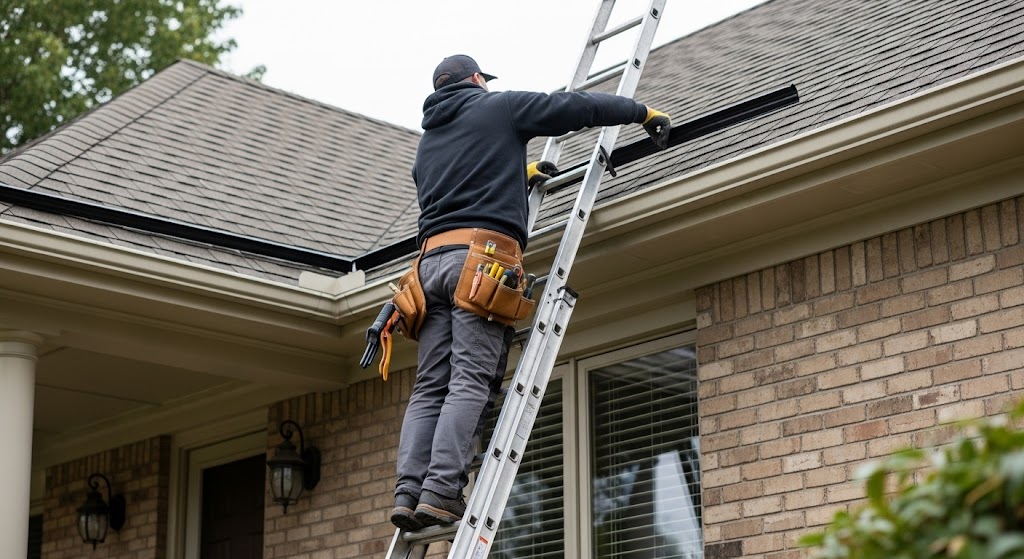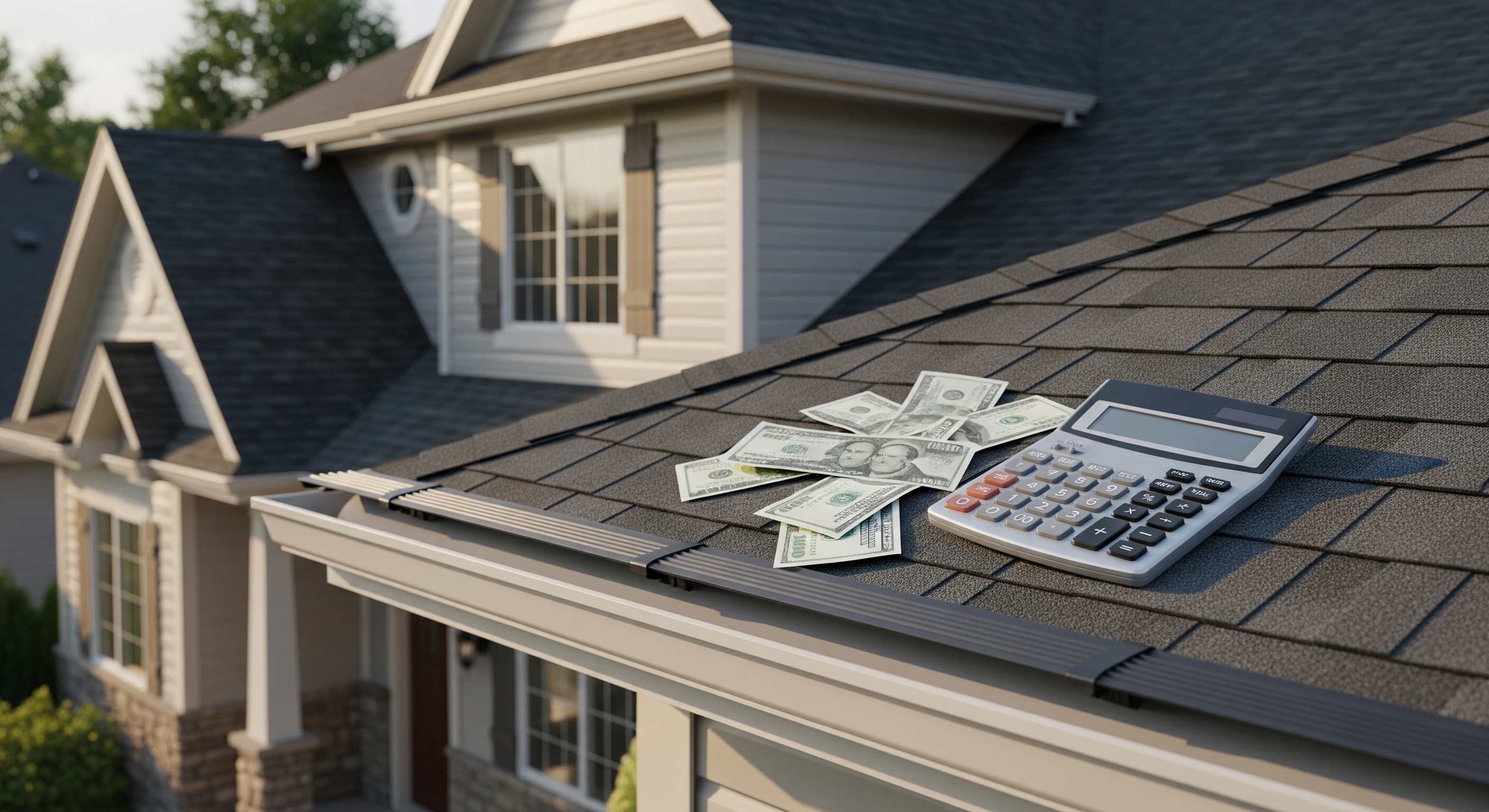
Gutter Guard Installation vs. DIY: Why Hiring a Pro Saves You Money Long-Term

Gutter guard installation can seem straightforward at first glance, but the nuances between a professional job and a DIY approach are significant. Professionals bring years of experience, ensuring correct slope, secure fastening, and material compatibility with various roof types. DIY projects often start with savings in mind, yet they can incur hidden labor, equipment rental, and potential repair costs if mistakes occur. Homeowners should weigh initial outlay against long-term performance to make an informed decision.
Key Considerations in Installation Quality
When opting for professional gutter guard installation, homeowners benefit from precise measurements, custom fitting, and compliance with local building codes. Experts assess roof pitch, downspout capacity, and gutter condition before recommending the best guard type. In contrast, DIY efforts may skip inspection and repair steps, leading to improper water flow or debris retention. A professional crew typically includes cleaning, repair of loose hangers, and sealing of seams to prevent leaks.
The Role of Safety and Liability
Professional installers operate under strict safety protocols, using harnesses, stabilizers, and ladders rated for heavy-duty use. They carry insurance to cover on-site accidents, protecting both crew and homeowner. Conversely, DIY enthusiasts often underestimate the hazards of working at heights, risking falls, property damage, or voided homeowner’s insurance. Engaging professionals transfers liability and ensures the worksite remains compliant with OSHA guidelines.
Gutter Guard Installation decisions hinge on performance, safety, and warranty protection. For those prioritizing hassle-free service and a long-term guarantee, leveraging a professional team often proves more cost-effective in the grand scheme.
How Much Does a DIY Gutter Guard Installation Cost Compared to Professional Service?
DIY gutter guard cost estimates vary widely based on guard type, home size, and tool availability. Basic plastic or foam inserts can run as low as $1 to $3 per linear foot, whereas higher-end mesh varieties may reach $5 to $8 per foot. Tool rental, ladder purchases, and time investment further drive up DIY expenses. Professional installation, though more expensive upfront, bundles materials, labor, and warranty into a per-foot rate, often between $7 and $15.
Cost Comparison
Material pricing reflects national averages for common guard types. Labor figures include expert installation crews, site cleanup, and final inspection. Warranty length correlates with manufacturer reputation and installer guarantees.
What Are the Long-Term Benefits of Professional Gutter Guard Installation?
Homeowners often ask whether paying more today yields savings tomorrow. Professional gutter guard installation benefits extend well beyond immediate debris blocking. Quality systems reduce maintenance frequency, protect fascia boards, and prevent corrosion or rust. Over decades, warranty-backed guards can offset replacement and repair costs, delivering measurable return on investment.
Maintenance Savings and Longevity
High-grade aluminum or stainless steel micro-mesh guards installed by professionals resist UV degradation, warping, and heavy debris impact. These systems virtually eliminate gutter clogging, cutting annual cleaning time by up to 90 percent. Fewer cleanings translate into labor cost reduction, whether the homeowner or a maintenance service performs the work. Over a span of 20 years, reduced service fees alone can recoup a significant portion of the initial professional installation cost.
Structural Protection and Warranty Peace of Mind
Beyond debris exclusion, paired repair services during installation address sagging or loose gutters, ensuring proper pitch and water flow. Professionals seal connections and reinforce hangers, mitigating the risk of water infiltration into eaves or foundation areas. Comprehensive warranties often cover both product performance and installation labor, providing long-term protection against unforeseen weather events and material failures. This warranty safety net can prevent large-scale repair bills down the road.
Throughout the decision process, evaluating gutter guards cost solely on material prices neglects the added value of expert troubleshooting, custom fitting, and guaranteed outcomes. Investing in professional installation yields dividends in home integrity, safety, and peace of mind.
Why Does Professional Installation Reduce the Risk of Damage and Liability?
Inexperienced DIY projects can inadvertently void roof and gutter manufacturer warranties if installation guidelines aren’t strictly followed. Professionals are trained on proprietary product specifications and local building codes, ensuring compliance. They identify potential weak spots—such as improper gutter pitch or damaged fascia—to deliver a robust, code-compliant system.
Liability and Insurance Considerations
A licensed gutter guard installer carries worker’s compensation and liability insurance, covering injuries or property damage during the project. Homeowners who attempt DIY installation may find their personal insurance policies exclude accidents from unlicensed home improvement efforts. This exclusion can expose them to high medical or legal costs in the event of injury or third-party damage.
Weather-Related Performance Under Pressure
Heavy rainfall, falling branches, and freeze-thaw cycles test gutter guard resilience. Professional crews select guard types suited to regional weather patterns and attach them with precision. A poorly installed guard can lift or detach under wind loads, leading to water overflow, property damage, and subsequent repair expenses far exceeding any initial DIY savings.
Selecting the Right Gutter Guard Type for Maximum Efficiency
Choosing between screen, mesh, reverse curve, foam, or brush guards requires technical insight. Professionals evaluate rainwater runoff volume, local debris types, and roof pitch before recommending an optimal solution. This tailored approach ensures efficient water flow while blocking specific debris prevalent in the homeowner’s environment.
Mesh vs. Screen vs. Reverse Curve
Micro-mesh guards excel at excluding fine particles like shingle grit and pine needles but demand higher installation precision. Screen guards allow water while blocking leaves but may require periodic rinsing to clear smaller debris. Reverse curve designs channel water into gutters while repelling leaves, but they must align perfectly with the drip edge to function correctly.
Professionals often provide on-site demonstrations or samples, allowing homeowners to see performance trade-offs firsthand. This hands-on evaluation ensures the chosen guards align with aesthetic preferences, home architecture, and maintenance tolerance.
Impact of Regional Weather and Debris Patterns on Guard Choice
Homes in wooded areas face different challenges than those in windy desert climates. Deciduous trees shed broad leaves, requiring broader mesh openings, while pine-rich regions demand fine micro-mesh barriers. Coastal environments present salt spray that corrodes metals, shifting preference toward stainless steel or coated aluminum. Professionals adapt guard material and design to match these regional conditions.
Custom Fitting and Precision: Why It Matters
Professional installations involve custom cutting guards on-site to snugly fit gutters, downspouts, and corners. This precision prevents gaps where debris can infiltrate and ensures seamless transitions over fascia. Off-the-shelf kits often result in uneven seams and open joints, which trap leaves against the roofline and defeat the guard’s purpose.
Incorporating Additional Home Defender USA Services
For homeowners ready to upgrade their entire gutter system, teams can evaluate underlying gutter health and recommend full replacements when necessary. Working with an integrated service provider streamlines project coordination, delivers bundled savings, and reduces scheduling delays. For personalized consultation, prospective clients can explore more via Contact Us to arrange a site visit.
Comparing Maintenance Requirements Over Time
Periodic inspection after heavy storms remains prudent, even with professional installations. However, high-end guards installed by experts demand minimal upkeep. Homeowners might only need to rinse micro-mesh surfaces once a year with a garden hose, rather than annual downspout cleaning. This reduced maintenance labor directly translates into long-term savings.
Maintenance Comparison
This comparison highlights how a one-time professional outlay mitigates recurring labor and repair costs, making installation by experts a financially sound choice for many homeowners.
Conclusion: Investing in Professional Gutter Guard Installation for Peace of Mind
Gutter guard installation by a reputable service provider ensures optimal material selection, precise fitting, and compliance with manufacturer guidelines. While DIY gutter guard cost may appear attractive initially, hidden expenses from repairs, equipment rental, and potential liability risks can eclipse upfront savings. Homeowners seeking reliable performance, extensive warranties, and risk mitigation benefit greatly from professional expertise. For those ready to protect their home’s foundation and improve curb appeal, Home Defender USA offers unparalleled service and a commitment to excellence in gutter guard solutions.
Frequently Asked Questions
How long does a gutter guard installation take?
A professional gutter guard installation typically takes 2–4 hours for an average single-story home. Crews clean the existing gutters, make necessary repairs, custom-fit guard sections, and perform a final inspection to ensure proper alignment. More complex rooflines or multi-story properties may extend the timeline by an additional hour or two.
What is included in professional gutter guard installation?
Professional services generally encompass a comprehensive three-step process: thorough gutter cleaning, inspection and repair of damaged sections, and custom fitting of gutter guards. Many installers also provide before-and-after photos and a detailed warranty on both materials and labor, ensuring peace of mind.
Are gutter guards worth the investment?
High-quality gutter guard systems significantly reduce maintenance time, prevent costly water damage, and extend gutter lifespan. Over a 20-year period, savings on cleaning services, repair costs, and potential foundation issues often outweigh the initial professional installation fee, making them a worthwhile home improvement.
Can a homeowner install gutter guards themselves?
Homeowners with experience working at heights and basic handyman skills can install certain types of DIY guards, such as foam inserts or snap-on screens. However, they should consider safety risks, potential warranty voiding, and the precision required for seamless integration before attempting a DIY project.
How often should gutter guards be cleaned?
Even professionally installed gutter guards benefit from an annual inspection and occasional rinsing to clear any accumulated fine debris. In regions with heavy tree cover or frequent storms, semi-annual checks may be advisable to maintain optimal water flow and prevent guard surface clogging.
For personalized advice and a free estimate, feel free to learn more About US at Home Defender USA.














.jpg)











